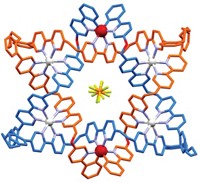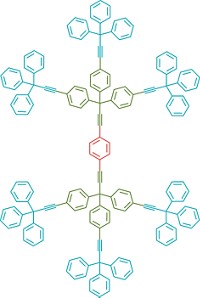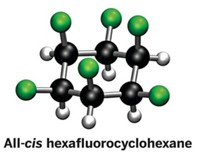Advertisement
Grab your lab coat. Let's get started
Welcome!
Welcome!
Create an account below to get 6 C&EN articles per month, receive newsletters and more - all free.
It seems this is your first time logging in online. Please enter the following information to continue.
As an ACS member you automatically get access to this site. All we need is few more details to create your reading experience.
Not you? Sign in with a different account.
Not you? Sign in with a different account.
ERROR 1
ERROR 1
ERROR 2
ERROR 2
ERROR 2
ERROR 2
ERROR 2
Password and Confirm password must match.
If you have an ACS member number, please enter it here so we can link this account to your membership. (optional)
ERROR 2
ACS values your privacy. By submitting your information, you are gaining access to C&EN and subscribing to our weekly newsletter. We use the information you provide to make your reading experience better, and we will never sell your data to third party members.
Physical Chemistry
Catenane Packs On Positive Charge
Organic Chemistry: Mechanically interlocked molecule can exist as a rare octacation
by Bethany Halford
January 28, 2013
| A version of this story appeared in
Volume 91, Issue 4
Stringing together two molecular rings, each bearing four positive charges, seems like it should defy the laws of physics. After all, those laws dictate such charges repel one another, so attempting to corral two of these molecules should be a chemist’s folly.
Imagine Jonathan Barnes’s surprise then, when he managed to make this new molecule, an octacation, on his first try (Science, DOI: 10.1126/science.1228429). The key, says the Northwestern University graduate student, was to knit together positively charged radicals to form the interlocked rings. The radicals’ propensity to pair up overcame the repelling forces, and Barnes was then able to link the two halves of the molecule together.
The compound, which is known to chemists as a catenane, is the latest addition to the menagerie of mechanically
The team characterized six of the nine possible oxidation states for the species, including the octacation. This state is prepared via electrochemical oxidation and crams eight positive charges into a space approximately the size of a cubic nanometer, a feature that could make the molecule useful as an electron storage system.
“An interesting aspect of the work is how such a multiple-charged molecular species, when formed, does not want to literally find a way to fall apart. If you would have drawn the compound on a piece of paper and asked if it could be made, I would have said, ‘No,’ ” says Andrew Benniston, an expert in molecular photonics at England’s Newcastle University. “Sometimes flying in the face of opinion is where real breakthroughs are made.”






Join the conversation
Contact the reporter
Submit a Letter to the Editor for publication
Engage with us on Twitter